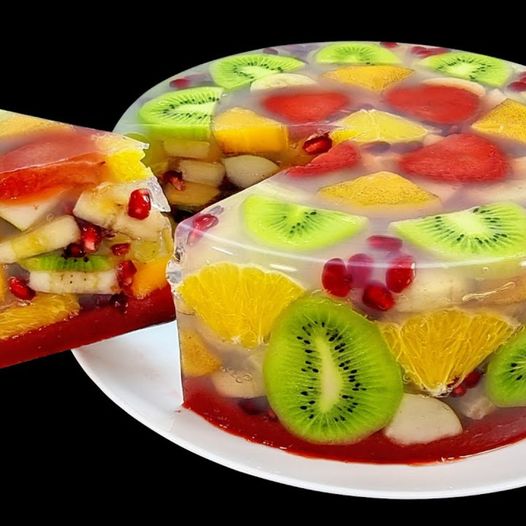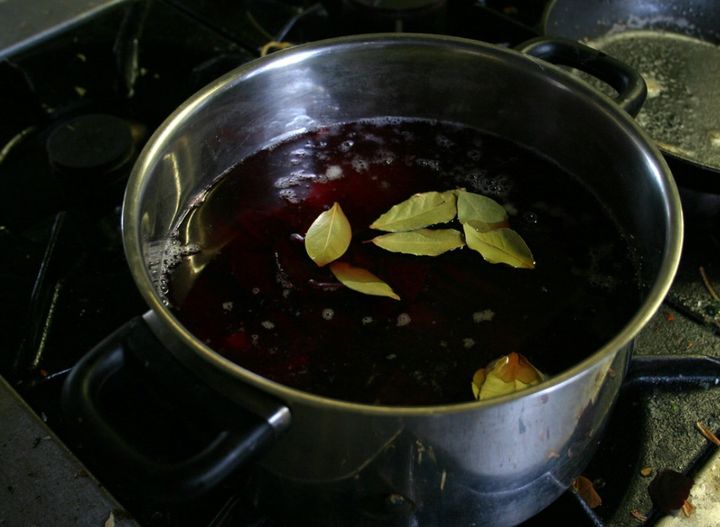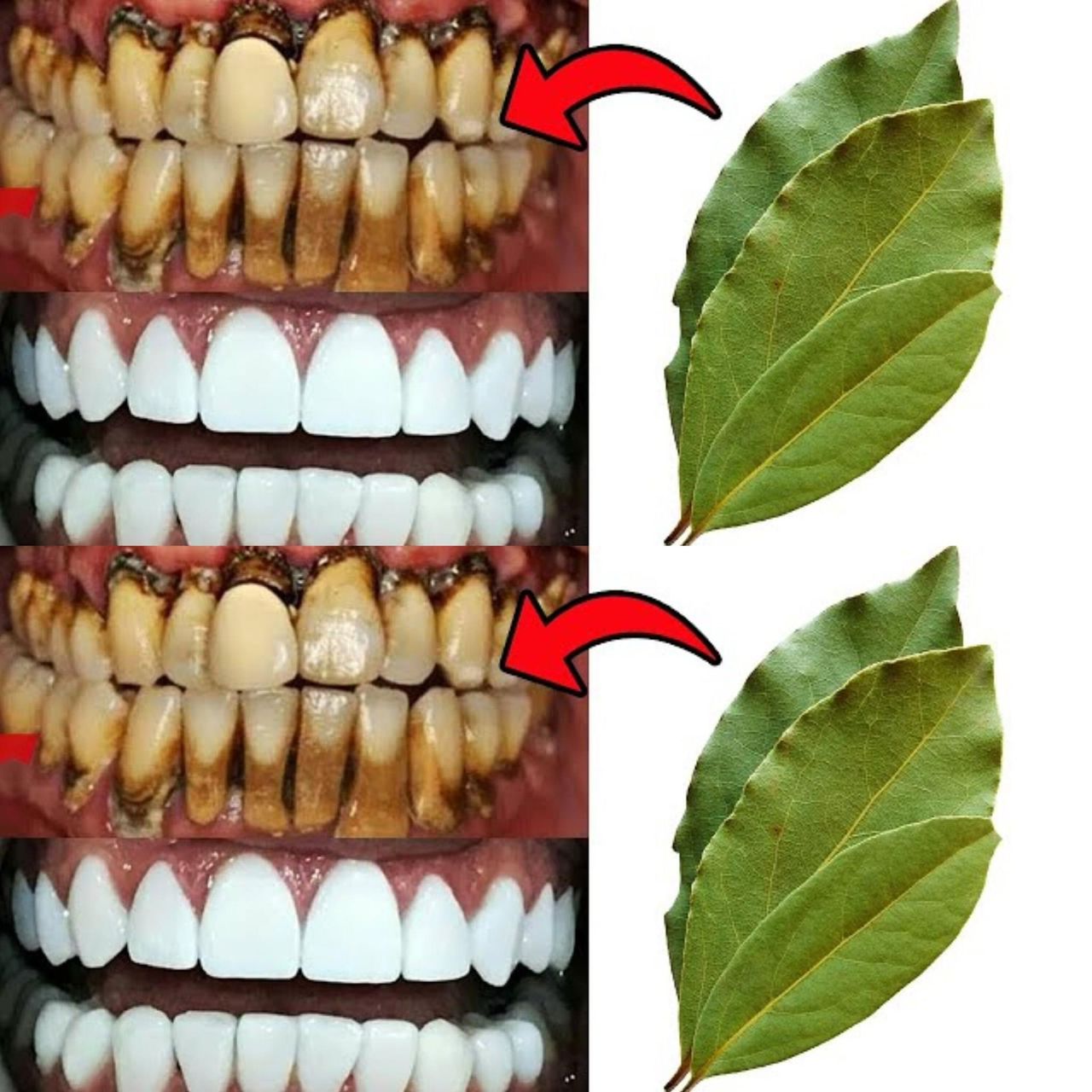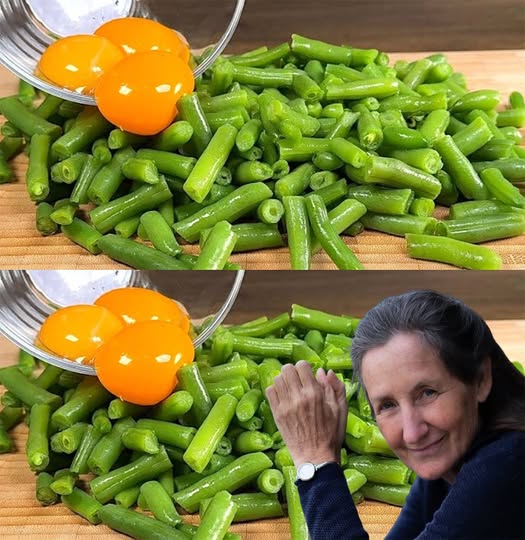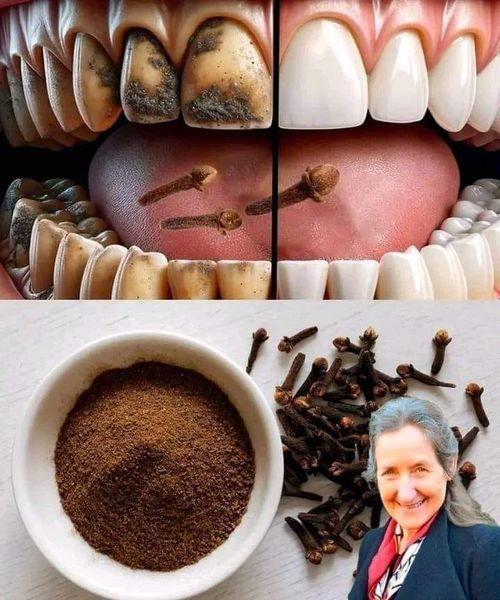Health And Natural Herbs
How to remove the seeds from plums and leave them whole
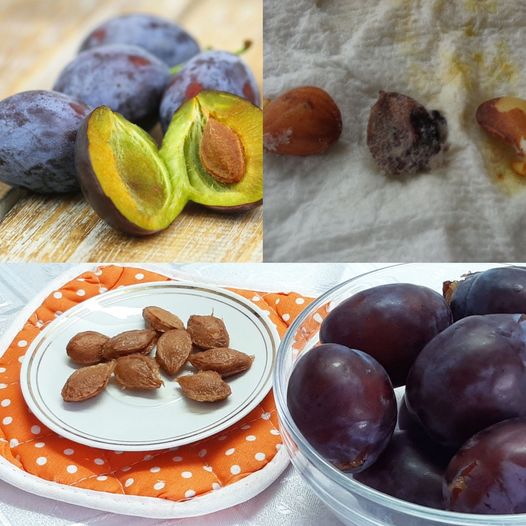
Ingredients & Tools:
- Fresh plums
- Small, sharp paring knife
- Small spoon or melon baller (optional)
Instructions:
- Select Ripe Plums: Choose ripe but firm plums. Overly soft plums may fall apart during the process.
- Prepare the Plums:
- Wash the plums thoroughly under cool running water.
- Pat them dry with a clean kitchen towel or paper towel.
- Identify the Stem End: Look for the end of the plum where the stem was attached. This is typically the area where the plum is slightly indented.
- Make an Incision:
- Hold the plum gently in one hand.
- Using a sharp paring knife, make a small incision around the stem end, just enough to cut through the skin and into the flesh without reaching the seed.
- Remove the Seed:
- Carefully insert the tip of the knife into the incision and gently twist or rock the knife to loosen the seed.
- If the seed is resistant, you can use a small spoon or a melon baller to scoop it out. Insert the tool into the incision and gently lever the seed out. Be careful not to damage the surrounding flesh.
- Keep the Plum Whole:
- Once the seed is loosened, carefully pull it out through the incision, ensuring that the plum stays intact.
- If necessary, you can widen the incision slightly, but try to keep it as small as possible to maintain the plums’ shape.
- Inspect and Smooth:
- Check the cavity left by the seed to ensure it’s clear.
- If desired, you can use the back of the spoon or the knife to gently smooth the cavity.
- Store or Use:
- The seedless plums can now be used in recipes or stored for later use. To prevent browning, you can lightly brush them with lemon juice.
Tips:
- Practice Makes Perfect: The more you practice, the easier it becomes to remove the seed while keeping the plum whole.
- Use for Desserts or Cooking: Seedless whole plums can be used in various recipes, such as tarts, preserves, or poaching.
With this technique, you can enjoy whole, seedless plums for a variety of culinary uses!

